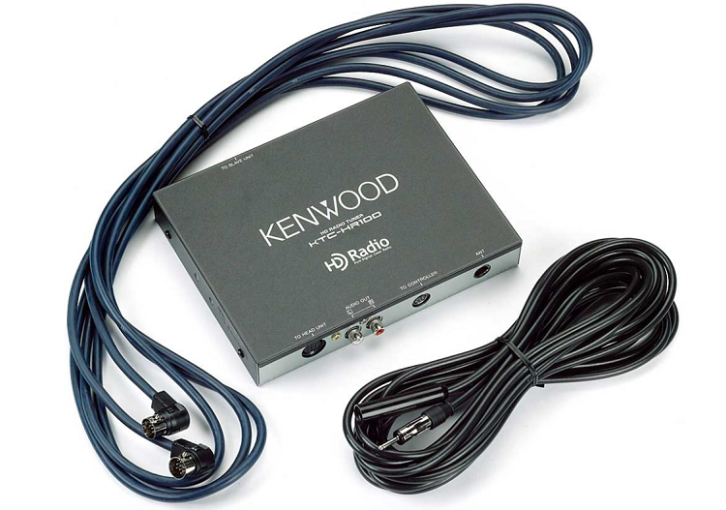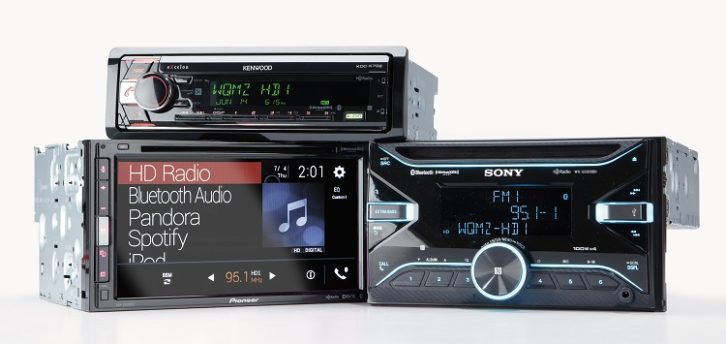 The author is SVP, Engineering — Digital Platforms at Xperi Corp. This commentary is part of Radio World’s Radio@100 series marking the industry centennial.
The author is SVP, Engineering — Digital Platforms at Xperi Corp. This commentary is part of Radio World’s Radio@100 series marking the industry centennial.
A hundred years later, reports of the demise of radio continue to be greatly exaggerated. Again.
In fact, it seems that the very idea of radio has been waved away as a second-hand thought only for it to show its deep value — time after time. Even today, as the media splinters and morphs into the many ways people engage with content, radio is here, valued and appreciated — and continuing to rank above all other channels in consumption.
Radio has survived and thrived thanks to continuous innovation, along with the dogged work of achieving scale and adoption of those innovations. Those who have made radio their careers have focused on delivering what consumers want by coming together to innovate across content and technology.
For example, in the early days of FM radio that meant that stations launched FM broadcasts without receivers in the market, driving the adoption of an improved sound experience that increased the value of their content.
Making Radio Competitive
In a way, the idea of HD Radio began, over 20 years ago, much like those FM radio days. Broadcasters were seeing competition for their products and services — from satellite radio, iPods and MP3s. The vision was to develop a digital solution that would allow broadcasters to be competitive, by improving quality and enriching the overall content experience. It was “CD-quality sound, no hiss or fuss” with the name of the song showing up on the digital screen, with multi-casting opportunities.
This would prove to be a more engaging way for this increasingly digitally oriented audience to experience the local and personal content that broadcasters had spent years nurturing.
It sounds easy, but being the first to do something is always a risky, uphill endeavor. And while the story of HD Radio has always been about technical invention, the most critical part of that story is how it brought receiver-makers and broadcasters together.
It’s fair to say, in fact, that the HD Radio journey started as a classic Catch-22: the receiver-makers would not invest in a new product if no one was transmitting; broadcasters would not transmit if there were no receivers in the market to pick up their signal.
Fortunately, precedent had already been set when Westinghouse created broadcast content for their early wireless receivers. The first commercial broadcast in the U.S., aired on KDKA on Nov. 2, 1920, announced the winner of the Harding-Cox presidential race. More importantly it announced commercial radio — and changed the world.
Glory Days of Receivers
The first commercial automotive HD receiver was the Kenwood KTC-HR100 HD Radio tuner; it was a dealer-installed aftermarket item. The black box went into the vehicle’s trunk and the HD Radio function was completely separate from the main radio headunit.
We spent thousands of hours developing and testing it, including having groups from Japan and the U.S. drive around, measuring reception and performance for days on end. Home products took the same journey: the Boston Acoustics Recepter Radio HD went through hundreds of hours of testing and validation.

At first, those units were expensive. But the economic tipping point came when Visteon signed with BMW AG to put HD Radio in 2006 model-year cars — that was the key that started the engine for HD Radio.
Today there are 42 car manufacturers and 290 models available with HD Radio. The Catch-22 has been solved, with each side of the ecosystem having exactly what they need: the audience and the technology to serve up a premium experience, where and how consumers want it.
According to the recent Techsurvey 2020 by Jacobs Media, 69% of listeners surveyed said that the main reason they listen to radio is that it’s easiest to listen to in the car.
Innovation Evolves
Over the past 20 years, we’ve worked with our partners to develop thousands of different radio models for car, home, portable and phone. To date, we have tested almost 4,000 radio models through our 80+ point product certification program.
What began with 12 people working on our vision for HD Radio, continues with hundreds of experts in technology development and systems engineering. All told, thousands of people around the world are involved in the development, production and sale of HD Radio.

And those new receiver products have innovated to transform radio listening into a much richer experience compared to the first HD Radio receivers launched 16 years ago. Consumers can now access multicast HD2-HD3 audio programs and have a visual experience with album images
It has been quite a journey, one in which the immutable law of consumer value has ruled. Costs have decreased and the accessibility of HD receivers has increased. Quality has improved thanks to a worldwide production ecosystem with established relationships with over 50 manufacturing partners across the world.
The important thing, though, is content. That’s why radio is a sustainable platform. It’s something we’re very proud to be a part of, this innovative power to deliver personal options to consumers. The Jacobs’ Media Techsurvey makes it clear: Six in 10 say that personalities are the main reason they listen — and close to 90% agreed that one of radio’s primary advantages was its local content.
Personal. Local. And immersive. I see that as the future of HD Radio.
As we get set for the next 100 years, there are three things that will power the growth of HD Radio — and radio in general.
The first is humility. Learning from our experience informs the growth of the future, especially in terms of HD.
The second is momentum, because as HD grows, all connected industries gain velocity and opportunities to create more interactive and personal radio experiences.
And finally, it’s to remain fearless in our innovation journey, and to be relentless in bringing new ideas and features to the market. That’s how we deliver on the promise of a better experience for listeners — and that’s why we’ll be here 100 years from now.






